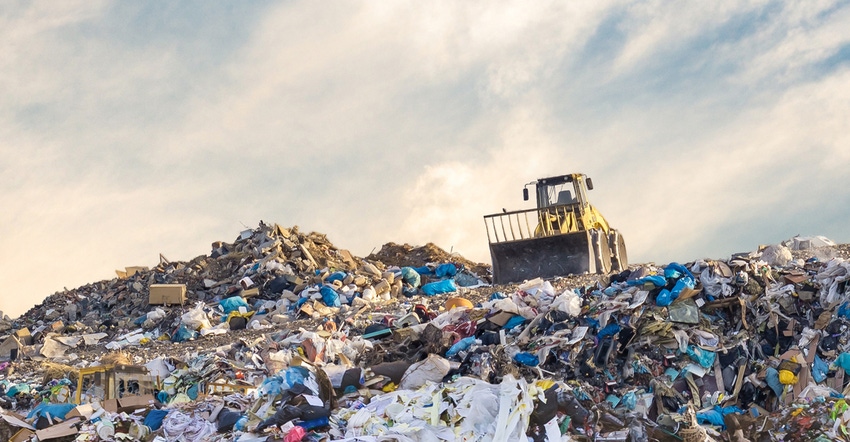About 40 percent of food in the U.S. gets wasted, from farm to fork to landfill. Food waste in the U.S. can be salvaged if companies, manufacturers and retailers give more thought to where they produce the most waste and what they might be able to do with it instead.
April 4, 2018

"What I find really interesting about sustainability thinking, as an innovator, is that it provides a channel to new innovation and creativity that you just don’t have access to unless you’re not thinking in systems."
—Carly Smolak, Forager Project
Part 1: Food waste 101
Highlights:
About 40 percent of food in the U.S. gets wasted, from farm to fork to landfill—there is waste throughout the supply chain. Together, that’s waste of about one-fifth of the water, cropland and fertilizer that gets used to produce the food—or, from a climate perspective, 37 million cars’ worth of greenhouse gas emissions.
Food is the No. 1 product going to landfills today.
When you throw out one hamburger, it’s the equivalent of taking a 90-minute shower; one tomato, a 5-minute shower.
There are easy steps, followed by more complex ones, that companies interested in reducing their “waste print” can take.
It’s also important to optimize products and packaging for consumers. It’s a value proposition: When your customers are wasting food, they’re not getting the most value out of your product—and may not want to buy it again.
Part 2: Brand and retailer perspective
Highlights:
Forager Project was throwing away the pulp leftover from the juice production, arguably the most important part of fruits and vegetables. We wanted to get that to people in a new and unexpected way, and the result was the pressed vegetable chips. Now, we’re buying from the waste stream of other juice companies to feed the chip production.
If we weren’t trying to figure out what to do with our waste stream, we probably wouldn’t have thought of this product. Sustainability thinking provides a channel to new innovation and creativity that you don’t have access to if you’re not thinking in systems. This boosts our brand loyalty among consumers.
Forager’s commitment to organic and plant-based goes the farthest to reducing the company’s carbon footprint.
Sprouts follows the EPA's hierarchy for reducing food waste: Feed people first, through retail or donations to local food banks. Whatever can’t be donated to food banks goes to animal feed facilities; and the rest goes to composting facilities.
Part 3: Where to start
Highlights:
The first step is just observing. Start with the largest waste streams that are easiest to capture and figure out some alternative uses.
Really get to know how your consumers are using your products. There may be ways to get creative on the packaging so they can use your products better.
Be prepared: You’re never going to match one business to the waste stream of another business. You have to figure out how to supplement your supply chain, and that can be a challenge.
For retailers, there are some financial incentives to reduce food waste—but it’s also the responsible thing to do. That also builds brand loyalty.
Food expiration codes are a huge source of confusion for consumers. Some effort to standardize the language used on labeling would go a long way toward reducing household food waste, to distinguishing between food safety and food quality.
This session—Waste Not, Want Not: Tackling Food Waste in Your Company—was recorded at Natural Products Expo West 2018. Click "download" below to access the presentation slides.
About the Author(s)
You May Also Like


